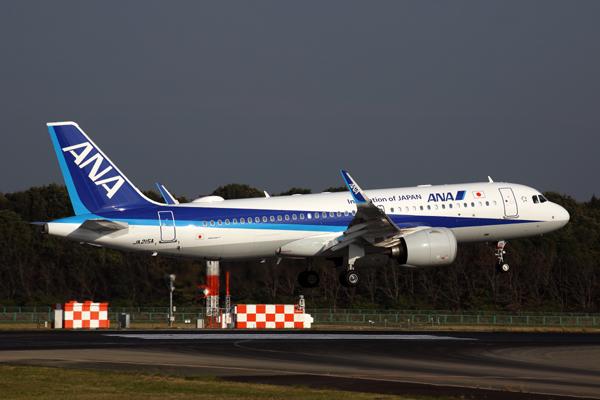ANA: Japanese Passengers Slow To Resume International Leisure Flying

Japan’s All Nippon Airways (ANA) is optimistic that improvements in Japanese outbound leisure traffic flows will help drive the next phase of its international capacity recovery.
The airline is currently operating 50% of its pre-pandemic international capacity, according to ANA executive VP for alliances and international affairs Junichi Miyagawa. The airline is aiming to raise this to 60% by the end of its fiscal year on March 31, 2023, Miyagawa said on the sidelines of the Association of Asia Pacific Airlines summit in Bangkok.
Some markets have been performing strongly and have supported the airline’s recovery up to now. For example, inbound demand to Japan increased fivefold following the easing of many of Japan’s entry restrictions on Oct. 11. Outbound business travel has also been improving.
However, outbound leisure travel from Japan has been much slower to return. This is partly due to the weakness of the Japanese yen, and also because many Japanese people remain cautious about international travel, Miyagawa said.
There are also a few pandemic-related entry rules remaining despite the October moves. Miyagawa noted that the Japanese government still requires international passengers to submit vaccination certificates, which complicates the travel process.
Because of these factors, Japanese travelers will likely opt for domestic and short-haul tourism initially, Miyagawa said. ANA hopes outbound tourism will build step-by-step, with longer-haul demand gradually returning as post-pandemic confidence grows.
ANA is also hoping to improve mainland China traffic following limited moves by the Chinese government to allow more international flights. While ANA is currently only operating 20% of its pre-pandemic capacity into mainland China, the airline is aiming to increase this to about 30% by the end of March, Miyagawa said.
Like many other Asian carriers, mainland China was a key market for ANA before COVID-19. At that time the Greater China market, including Hong Kong, accounted for 25% of ANA’s overall international passenger numbers and 15% of revenue.
In contrast, ANA has been able to rebuild its North American network much more quickly. It is now operating about 80% of its pre-pandemic capacity to North America, Miyagawa said.
Japanese airlines have been dealing with another major challenge in addition to the pandemic. Due to the Ukraine conflict, these carriers have been routing flights to avoid crossing Russian airspace, adding hours to their flights to and from Europe.
The extra operational constraints on ANA’s European flights has kept capacity low in this market. However, the routes have still been profitable as yields on these flights have been 1.5 times higher than before the pandemic, according to Miyagawa.
Regarding fleet modernization plans, ANA is still in discussions with Boeing about when deliveries of its 777-9s will occur. The most recent target was 2025, but due to production delays it is now not clear when deliveries will begin, Miyagawa said.
If there are further delays, ANA will have to consider alternatives to meet its long-haul needs, Miyagawa added. This could include options such as leasing more widebodies and extending leases on some of its current fleet.
